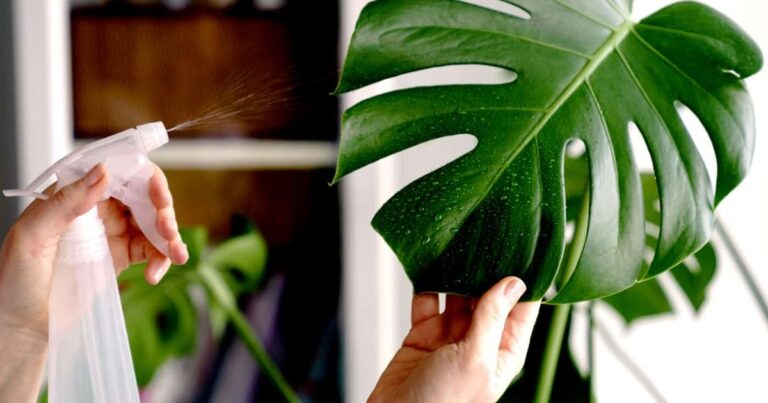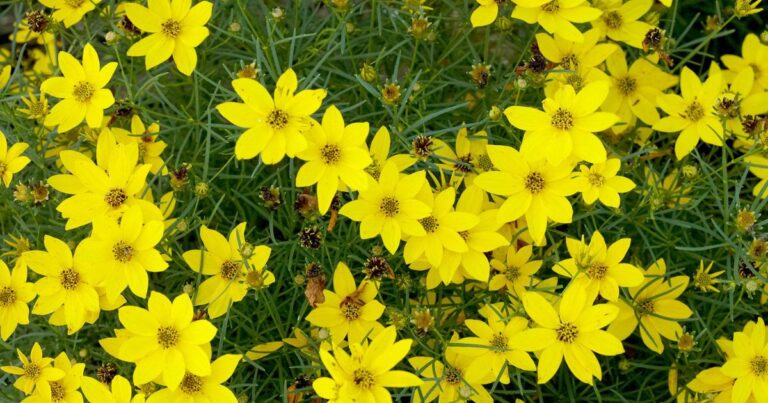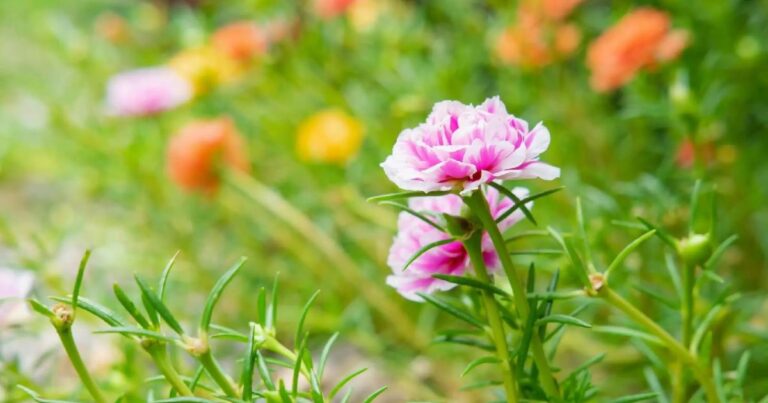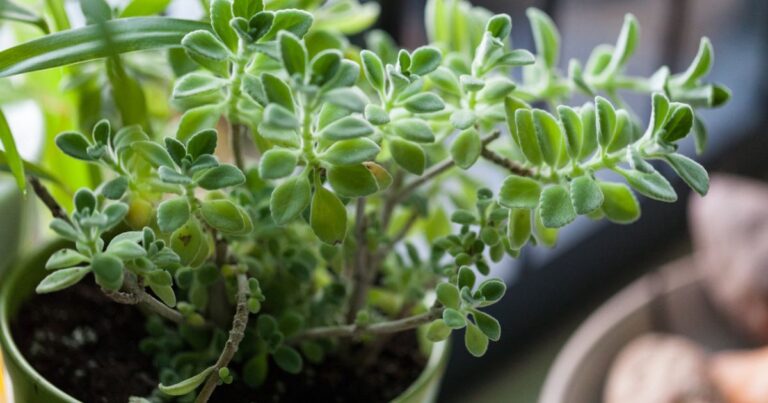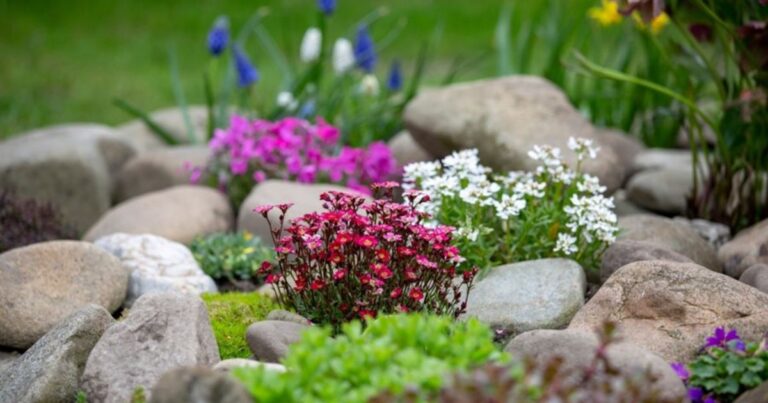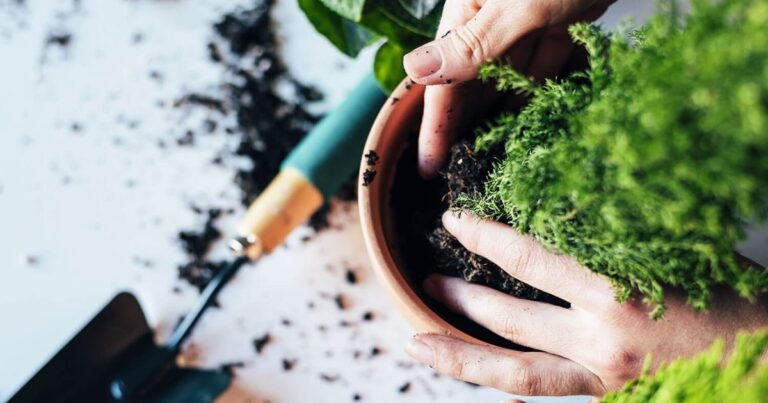Lucky Bamboo Plant Care, Meaning, Planting, Growing, Uses And Benefits
Lucky Bamboo plant, known not just for its striking appearance but also for its rich symbolism in Feng Shui, this resilient plant has captured the hearts of many across cultures. Understanding how to care for your Lucky Bamboo can elevate both your indoor space and your well-being. Imagine nurturing a plant that brings good fortune and prosperity while effortlessly enhancing your decor.
In this comprehensive guide, we’ll delve into all aspects of Lucky Bamboo Plant Care: from its fascinating meaning rooted in tradition to practical tips on planting, growing, and maintaining this verdant gem. We’ll also explore its myriad uses and benefits that extend beyond mere aesthetics.
What Is A Lucky Bamboo Plant?
Lucky Bamboo, a popular houseplant prized for its unique beauty and significant symbolism, is not actually bamboo at all. Belonging to the Dracaena family, this resilient plant thrives in various environments and requires minimal care.
The intertwining stalks of Lucky Bamboo are typically arranged in elaborate formations that add an artistic flair to any space while embodying good fortune and prosperity according to Feng Shui principles. Each number of stalks holds specific meanings—two stalks represent love, while three symbolizes happiness and long life.
This rich tapestry of meanings makes it an ideal gift for housewarmings or special occasions. Beyond its aesthetic appeal and symbolic weight, Lucky Bamboo also serves as a natural air purifier, contributing to a healthier indoor atmosphere.

Lucky Bamboo Plant Meaning
The number of stalks plays a pivotal role in conveying specific meanings—three stalks symbolize happiness, five are linked to wealth, while a bundle of seven denotes health. By carefully choosing the arrangement of your lucky bamboo, you can create an intentional atmosphere that reflects your aspirations. Lucky bamboo has practical benefits that intrigue many plant lovers.
How To Use Lucky Bamboo Plant Care?
It’s about creating a harmonious environment that fosters growth and positivity. Start by ensuring your Lucky Bamboo is in a container that allows for drainage, which prevents root rot.
If you’re using water instead of soil, opt for distilled or filtered water, as tap water can contain chemicals like chlorine that may harm the plant. Change the water every two weeks to keep it fresh and oxygen-rich—consider adding a few drops of liquid fertilizer if you want to supercharge its growth during the growing season.
They thrive in indirect sunlight but can tolerate low light conditions as well. Position your plant near bright, indirect light to enhance leaf vibrancy without subjecting it to harsh rays that could scorch its tender leaves.
You might find misting your Lucky Bamboo with water creates a small humid microclimate around it, encouraging lush foliage while keeping pests at bay. This simple act not only benefits the plant but also elevates the ambiance of your living space with added freshness.

How To Plant Lucky Bamboo?
Planting lucky bamboo is both an art and a simple scientific endeavour that can infuse your space with positive energy. It doesn’t need drainage holes, as lucky bamboo thrives in water-filled vases, which also highlight its aesthetic appeal.
Use distilled or rainwater to fill your chosen vessel — tap water can contain chemicals that may harm this delicate plant. For optimal growth, select a spot where your bamboo can bask in indirect sunlight; too much direct sun will scorch its leaves.
When planting, you might want to consider using pebbles or decorative stones at the base for added stability and charm while keeping the stems upright. If you’d prefer soil over water for planting, opt for a well-draining potting mix enriched with organic material, ensuring moisture retention but avoiding root rot.
Lucky Bamboo Plant Growing
It’s about immersing yourself in a centuries-old tradition believed to bring prosperity and good fortune. This resilient plant thrives in various conditions, making it an ideal choice for both novice and seasoned gardeners.
For example, you can cultivate lucky bamboo in water or soil, but many enthusiasts prefer the hydroponic method as it allows for easier monitoring of root health. Using distilled or filtered water can enhance its growth since tap water often contains chemicals that might hinder development.
The plant can be shaped into intricate arrangements or left to grow freely; this adaptability opens up possibilities for personal expression through gardening. When placed strategically in your home—such as near entrances or workspaces—lucky bamboo can amplify positive energy (or chi), according to Feng Shui principles.
How To Take Care Of Lucky Bamboo Plants Indoors?
Caring for lucky bamboo indoors is not just about keeping the plant alive; it’s about creating a thriving environment that fosters its natural beauty and positive energy. Start by choosing the right container—preferably clear glass—to showcase its striking stalks and roots. This not only adds to your decor but also allows you to monitor water quality.
Lucky bamboo thrives in distilled or filtered water, so make sure to change it every two weeks to prevent algae growth and ensure a clean habitat. Rotate the plant occasionally to encourage even growth on all sides, making sure each stalk receives ample light exposure.
How To Propagate Lucky Bamboo Plant?
Propagating lucky bamboo is a rewarding endeavor that allows you to multiply the beauty of this resilient plant. To start, select a healthy stem with at least two nodes—those are the small bumps around the stalk where leaves emerge.
Using clean, sharp scissors or pruning shears, cut just above a node, ensuring that your cut is made at a slight angle to promote better water absorption and reduce the risk of rot. Place this cutting in fresh distilled or filtered water, making sure at least one node is submerged; this will encourage root growth.
Typically within two to four weeks—it’s crucial to maintain its environment carefully. Change the water regularly (every 1-2 weeks) and watch for signs of growth such as vibrant new shoots emerging from the nodes. Once your cutting has established roots about 2 inches long, consider transitioning it into nutrient-rich soil to enhance its overall growth and vitality while keeping an eye on moisture levels for optimal health.
What Condition When A Lucky Bamboo Plant Turning Yellow?
When a lucky bamboo plant starts turning yellow, it’s often more than just a simple sign of distress; it’s an invitation to delve deeper into its care regimen. One common cause is water quality.
Lucky bamboo is sensitive to chlorine and other chemicals found in tap water; using distilled or rainwater can alleviate this issue. Yellowing leaves may signal that your treasured plant is enduring too much exposure to harsh elements or pollutants, highlighting the importance of keeping it in a clean environment.

Is It Possible To Planting A Lucky Bamboo Plant In Water?
Unlike traditional plants that thrive in soil, lucky bamboo is highly adaptable and flourishes when placed directly in water. This method allows you to create a serene, minimalist aesthetic while showcasing the plant’s graceful stalks and vibrant green leaves. For optimal growth, using distilled or rainwater can enhance its health by avoiding harmful chemicals found in tap water.
What Are Lucky Bamboo Plant Benefits And Uses?
- Symbol of Good Fortune: In Feng Shui, lucky bamboo is revered for attracting prosperity and positive energy, making it a popular gift choice for new businesses or homes.
- Air Purification: This resilient plant is known for its ability to purify indoor air by removing toxins like benzene and formaldehyde, contributing to a healthier living environment.
- Low Maintenance Companion: Requiring minimal care—just watering it regularly without direct sunlight—lucky bamboo is perfect for busy individuals looking to bring greenery into their lives.
- Versatile Decor Element: With its striking structure and lush green leaves, lucky bamboo fits seamlessly into various decor styles, from minimalist designs to traditional settings.
- Stress Reduction: Studies suggest that having plants indoors can significantly lower stress levels. The calming presence of lucky bamboo promotes tranquility and enhances mental clarity.
- Symbolic Growth Measures: The number of stalks in a lucky bamboo arrangement carries different meanings; three stalks symbolize happiness while seven signify good health. Understanding these numbers can deepen one’s connection with the plant.
- Gift of Love & Friendship: When given as a gift, particularly in arrangements of two stalks or more, lucky bamboo represents love and friendship—a thoughtful gesture for loved ones.
- Easy Propagation Opportunities: Enjoy the satisfaction of propagating your own plants easily from cuttings; this process not only allows you to expand your collection but also serves as an enjoyable hobby that connects you to nature directly.

Lucky Bamboo Plant Tips And Fun Facts
- Optimal Watering Techniques: Ensure your lucky bamboo thrives by using distilled or filtered water, as tap water may contain chlorine and other chemicals harmful to the plant. Change the water every two weeks to keep it fresh and oxygenated.
- Light Preferences: While lucky bamboo can tolerate low light, it flourishes in bright, indirect sunlight. Placing it near a window with sheer curtains can mimic its natural habitat without risking leaf burn.
- Soil Matters: If you prefer your lucky bamboo in soil instead of water, choose a well-draining potting mix designed for houseplants. This allows for proper aeration while preventing root rot—an ailment that many overlook.
- Feng Shui Enhancements: In Feng Shui practices, the number of stalks has significant meanings; for example, three stalks symbolize happiness, wealth, and longevity, whereas five promote good health and vitality. Choosing the right arrangement can truly elevate your space’s energy flow.
- Propagation Secrets: You can easily propagate this resilient plant! Cut an offshoot just above a node where leaves are attached—this will encourage growth—and either place it back in water or well-draining soil for new roots to form over time.
Lucky Bamboo Plant Vs Dracaena Plant Care
Caring for a Lucky Bamboo plant is easy, making it a great choice for new indoor gardeners. However, its success depends on good water quality and light. Lucky Bamboo grows best in distilled or purified water to avoid harmful chemicals in tap water.
Dracaena plants come in many colors and shapes but need a bit more care. They require well-draining soil and indirect light. Too much direct sunlight can burn their leaves, while not enough light can cause them to grow tall and weak. Interestingly, Dracaena can adjust its watering based on humidity. In dry areas, they need less frequent deep watering than in humid places.
Conclusion
A lucky bamboo plant Care not only enhances your living space with its vibrant greenery but also brings profound symbolism of good fortune and prosperity. By understanding its specific needs in terms of light, water, and soil, you can ensure that your plant thrives and continues to bring positive energy into your home.
Whether used as a decorative piece or a thoughtful gift, lucky bamboo serves a multitude of purposes that extend beyond mere aesthetics. Its low-maintenance nature makes it an ideal choice for both novice gardeners and seasoned plant enthusiasts alike.


